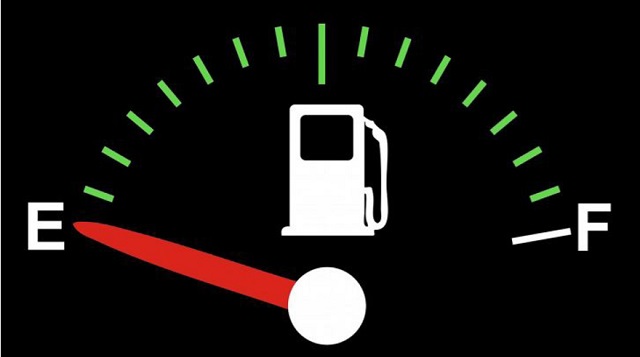
One of the most important aspects of planning a trip into remote locations is to calculate your expected fuel usage, your vehicle’s range and how much extra fuel you’ll need to carry. Here’s how…
Calculating a vehicle’s fuel consumption is not difficult. Simply note down the distance travelled since the last top-up and then take a note of how much fuel it consumed to travel that distance, then divide the litres used by the kilometres travelled and multiply by 100 to calculate consumption in litres/100km.
For example, if your vehicle consumed 60-litres of fuel to cover 450km, divide 60 by 450 and then multiply by 100 and the result is a rounded fuel consumption figure of 13.3L/100km.
Armed with a fuel consumption figure, you’ll now be able to calculate the touring range of your vehicle by dividing the vehicle’s fuel tank capacity by the fuel consumption and, again, multiplying by 100.
For example, if your vehicle has an 80-litre fuel tank and it uses 13.3L/100km (as in the example above), divide 80 by 13.3 and multiply by 100 and the result is a rounded range of 601.5km. With the potential for varying fuel consumption in normal on-road driving conditions, you’ll want to subtract about 50km from this result to come up with a ‘safe’ touring range, which in this case would therefore be 551.5km.
Once you know your vehicle’s touring range, you’ll be able to plan your trip by seeing if you can safely cover the distance between available fuel stops along the intended route, or whether you’ll need to carry additional fuel.
What are some of the variables?
Ascertaining your vehicle’s true average fuel consumption is best done over a period of time – the longer the better. This is important as there are many factors that can affect fuel consumption, including vehicle condition, tyre pressures, load, driving style, fitment of roof racks, and the terrain.
Mechanical factors that can affect fuel consumption can be as simple as incorrectly inflated tyres or a clogged air filter through to something more complicated that might require a mechanic’s attention, such as blocked injectors or some other mechanical fault.
Driving style can also impact fuel consumption; if you accelerate and brake hard you’ll use more fuel than if you try to maintain a relatively constant speed by looking ahead, predicting traffic flow and slowing gradually and accelerating smoothly as required.
A heavily laden vehicle will require more energy to accelerate than an unladen one and will, therefore, use more fuel. And a vehicle with bulky goods loaded high on a roof rack will not be as aerodynamically efficient.
The terrain you drive in will also have a huge impact on fuel economy. Low-range driving in soft sand will use a lot more fuel than cruising down the highway at 100km/h.
Weather conditions can also have unexpected consequences when it comes to fuel usage. On the road, driving into a headwind can result in increased fuel consumption, but on the flipside a tailwind can aid fuel economy. For these reasons, you should always carry more fuel than you’ll need – in other words, build a safety margin onto your calculations.
****
 The Independent Uganda: You get the Truth we Pay the Price
The Independent Uganda: You get the Truth we Pay the Price


